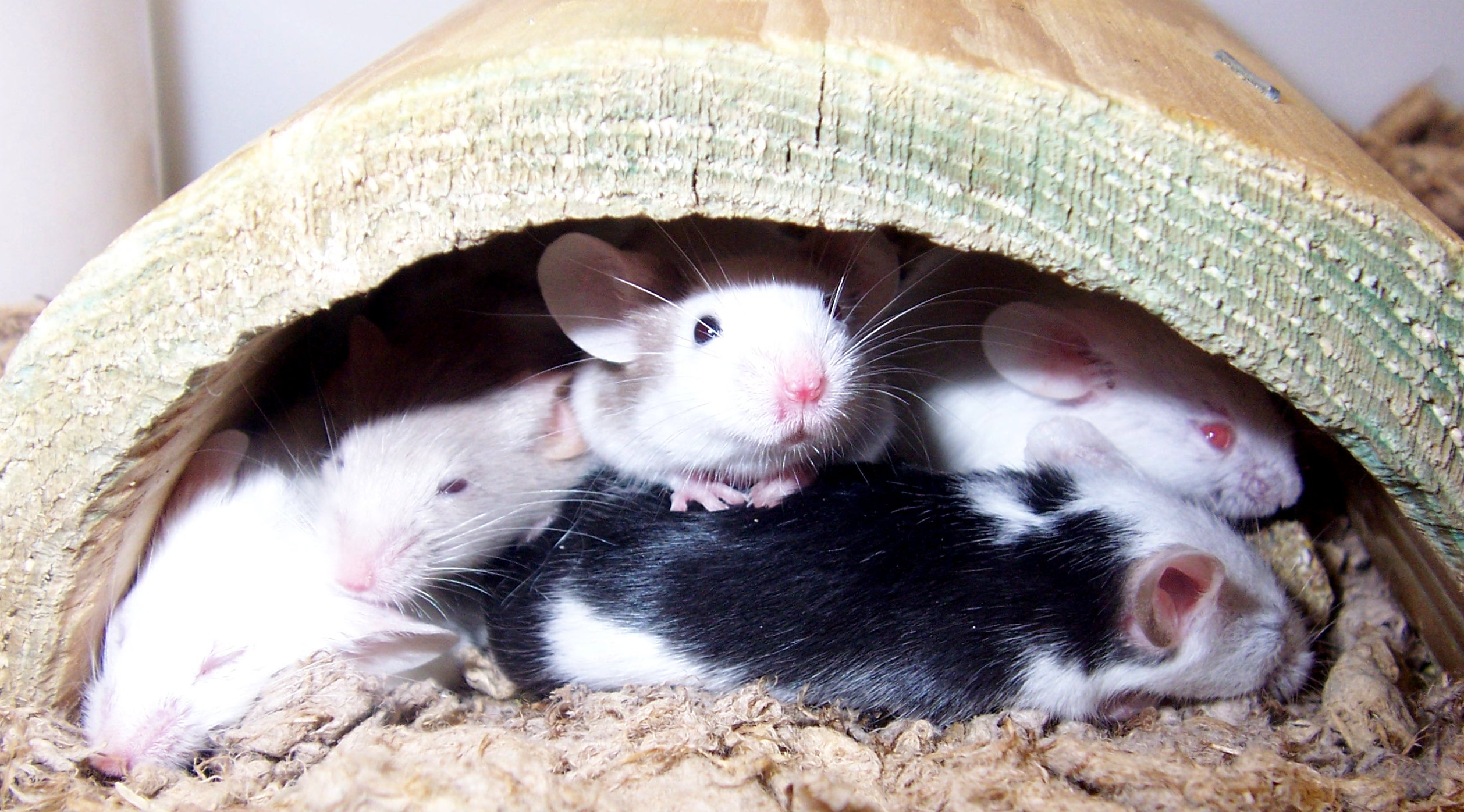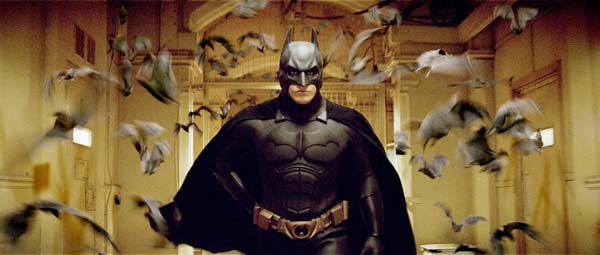When do we feel awkward? We feel awkward when we don’t know how to act in a certain social situation. For example, some people find it awkward interacting with new people at a party, while others find it awkward to be in the same room as an ex-partner. This is because we cannot predict how the other person will react to how we act, what we say and who we are. Almost everyone is socially awkward to some degree, because we are social animals who fear rejection from the group.
But like anything in life, we can overcome awkwardness. Let us look at two different situations we feel awkward in and how we might remedy this.
With strangers, we feel awkward because we do not know them well enough to predict their perception of and reaction to us. It is hard to tell if our joke would offend them in some way, or if they would judge us for a certain personality quirk. We worry that they will scoff or laugh at us, and that we will be social outcasts.
The solution is simple: don’t care. Don’t care about how a stranger judges you, when they barely know the intricate blend of life experience, personality traits, thoughts and feelings that make up who you are. The only opinion you should care about is what you think of yourself (and maybe of one or two people you trust most in the world to know you best). When you lose your sense of shame and take pride in who you are, you will feel more confident and less awkward.
What about someone you know well, but with whom you have gone through an awkward situation, such as a break-up or a fight? The awkwardness here stems from the fact that you do not know how that situation has changed your relationship. You no longer know if the same rules of engagement apply as before. Is it okay to hug them? Is it okay to talk about the past? What do they think of us now? All of these neurotic questions make us anxious, and to avoid them, we avoid the person altogether. But because the other person feels just as awkward, the relationship wilts away until it cannot be repaired.
Here, the solution is simple, but takes a lot of work: communication. It is impossible to know what the other person is thinking and vice versa. To clear up the awkwardness, we need to talk about our feelings and clear up misunderstandings. This does not necessarily have to be through a face-to-face talk with words. We can show this through our actions, by showing our willingness to rebuild the connection and that we still care about the other person. If either person did not care about the other person at all, then there is no awkwardness because there is a clear answer. Awkwardness is a sign that both sides wants to fix this situation, but they don’t know how.
Awkwardness is a form of anxiety that stems from our concerns of what others think of us. Remember: it’s not awkward unless we let it be awkward.











